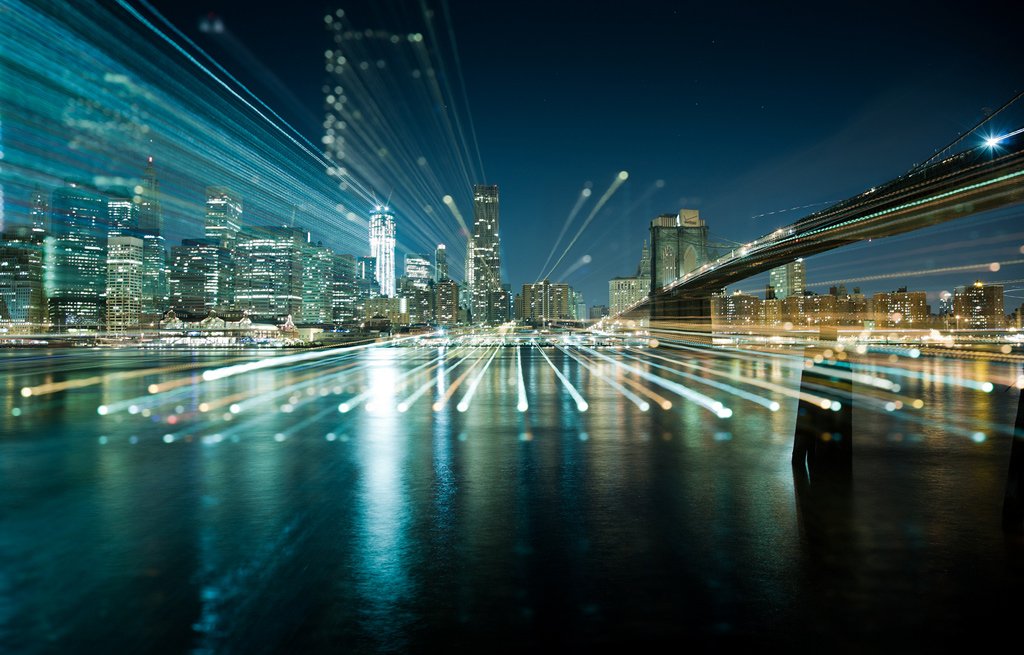Street photography is a powerful and dynamic genre that captures the raw essence of urban life. By focusing on candid moments, interesting characters, and vibrant cityscapes, street photographers tell compelling stories through their lens. Whether you’re an experienced photographer or just starting out, this guide will help you understand the art of street photography and provide you with the tips and techniques you need to capture the true spirit of the streets.
1. Understanding Street Photography
Street photography is all about capturing the world around you in an authentic and unposed manner. It’s not just about taking pictures of people; it’s about documenting the everyday moments, interactions, and scenes that make up the fabric of urban life. Street photography can be spontaneous and unpredictable, requiring quick reflexes and a keen eye for detail.
Key Elements of Street Photography:
- Candid Moments: Capturing people in their natural state without posing or interference.
- Urban Environments: Focusing on city streets, architecture, public spaces, and the hustle and bustle of urban life.
- Storytelling: Each image should tell a story or evoke an emotion, providing a glimpse into the lives of your subjects.
- Juxtaposition: Contrasting elements within a scene to create visual interest, such as old vs. new or light vs. shadow.

2. Essential Gear for Street Photography
While street photography can be done with almost any camera, certain gear choices can make the process smoother and more enjoyable:
- Camera: A compact camera with manual controls is ideal for street photography. Mirrorless cameras and rangefinders are popular choices because of their small size and silent operation.
- Lenses: A prime lens with a focal length between 28mm and 50mm is ideal. These lenses offer a natural perspective and encourage you to get close to your subject, adding intimacy to your shots.
- Comfortable Bag: A lightweight, comfortable bag is essential for carrying your gear around the city without weighing you down.
3. Techniques for Capturing Urban Life
To capture the essence of urban life, you’ll need to master a few key techniques:
- Blend In: Street photography is about capturing the world without disturbing it. Dress inconspicuously and move with purpose. The less you stand out, the more candid your shots will be.
- Anticipate the Moment: Pay attention to your surroundings and anticipate what might happen next. This could be a pedestrian walking into a patch of light, a bus turning the corner, or a couple about to embrace. Being ready to capture the moment is key.
- Play with Light and Shadows: Urban environments offer a rich tapestry of light and shadows. Look for interesting patterns, contrasts, and reflections that can add depth and drama to your photos.
- Focus on Composition: Composition is crucial in street photography. Use the rule of thirds, leading lines, and symmetry to create visually compelling images. Don’t be afraid to experiment with angles—sometimes, the most interesting shots come from unexpected perspectives.
- Capture Emotion and Interaction: The most powerful street photos often capture emotion or interaction between people. Look for moments of joy, tension, or contemplation to tell a story with your image.
- Use a Fast Shutter Speed: Street scenes are dynamic and full of movement. A fast shutter speed (1/250s or faster) ensures that you can freeze the action and capture sharp images.
4. Ethical Considerations in Street Photography
Street photography often involves photographing strangers, which raises important ethical questions. While street photography is legal in most public spaces, it’s important to be respectful and considerate of your subjects:
- Respect Privacy: Avoid photographing people in vulnerable situations or when they might expect privacy, even in public spaces.
- Ask for Permission (When Appropriate): While candid shots are the essence of street photography, there are times when asking for permission is the right thing to do, especially if you’re taking a close-up portrait.
- Be Mindful of Cultural Differences: In some cultures, taking photos of strangers may be frowned upon or even prohibited. Always be aware of the cultural context of the place you’re shooting.
- React Positively to Reactions: If someone notices you photographing them and reacts negatively, be polite and offer to delete the photo if it makes them uncomfortable.
5. Post-Processing Your Street Photos
Post-processing is an important part of bringing your street photos to life. Here are some tips to help you enhance your images:
- Convert to Black and White: Many street photographers prefer black and white for its timeless quality and ability to emphasize light, shadow, and texture.
- Adjust Exposure and Contrast: Street photos often benefit from adjustments in exposure and contrast to bring out the details and mood of the scene.
- Crop for Better Composition: If the framing wasn’t perfect in-camera, don’t hesitate to crop your images to improve composition.
- Enhance Details: Use sharpening tools to bring out details, especially in textured elements like brick walls, pavement, and clothing.
6. Practice and Patience
Street photography is a skill that takes time to develop. Don’t be discouraged if your early attempts don’t turn out as expected. The more you practice, the better you’ll become at spotting interesting moments and capturing them effectively. Street photography is as much about patience as it is about quick reflexes. Sometimes, you might need to wait for the perfect moment to unfold in front of your lens.
Conclusion
Street photography is a fascinating way to capture the vibrant energy and diverse stories of urban life. By blending into the environment, mastering key techniques, and paying attention to the ethical considerations of photographing strangers, you can create powerful images that resonate with viewers. Whether you’re documenting the rush of city streets, the quiet moments of everyday life, or the interplay of light and shadow, street photography allows you to tell the story of the world around you, one frame at a time. So grab your camera, hit the streets, and start capturing the essence of urban life.










